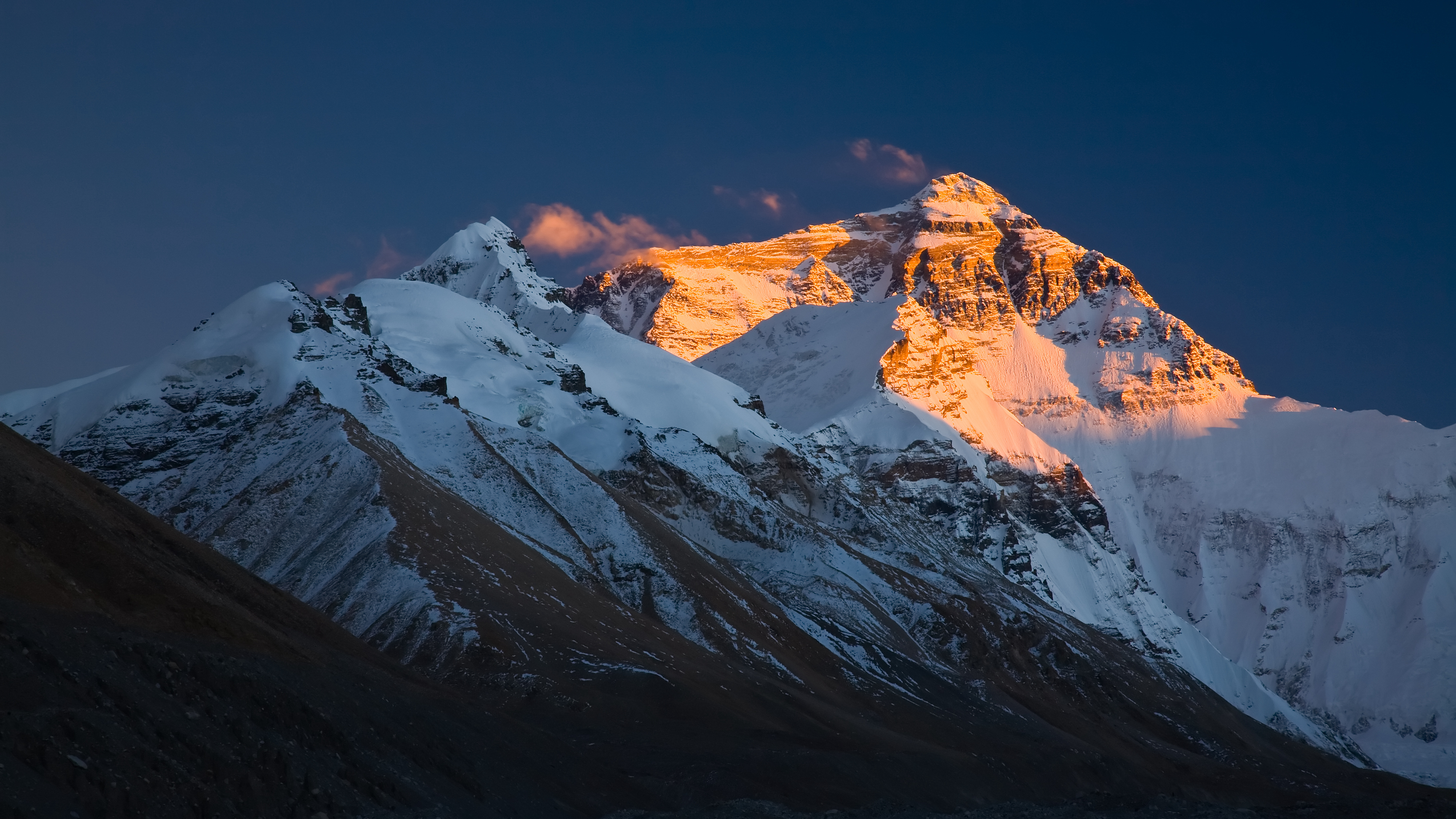01:12

Mount Qomolangma, also known as Mount Everest, is not only the highest peak of the world and the ultimate destination of mountaineers around the globe, it is also home to over 50 wild mammal species and over 2,000 wild plant species.
Due to high altitude, its fragile ecosystem is vulnerable to human activities.
For years, the Mount Qomolangma National Nature Reserve has been exploring waste disposal methods to deal with the wastes left by people, especially mountaineers, to protect biodiversity in the area.
According to Phurbu Tsering, logistics administrator of the Himalayan Mountain Guide School in Lhasa City of Tibet Autonomous Region, all toilets at the base camp of Qomolangma are mobile. They can be removed at any time and the excrement disposed.
"The waste water from washing hands is stored in the bucket first. When it is full, it is transferred to the containers with special equipment to handle sewage and waste. Sewage must be separated and then transported to Lhasa for further disposal. Beverage cans are taken to Lhasa as they are recyclable and can be sold," said Phurbu Tsering.
For more:
China launches 6th measuring of Mount Qomolangma height
(Cover image via VCG)
(If you want to contribute and have specific expertise, please contact us at nature@cgtn.com.)